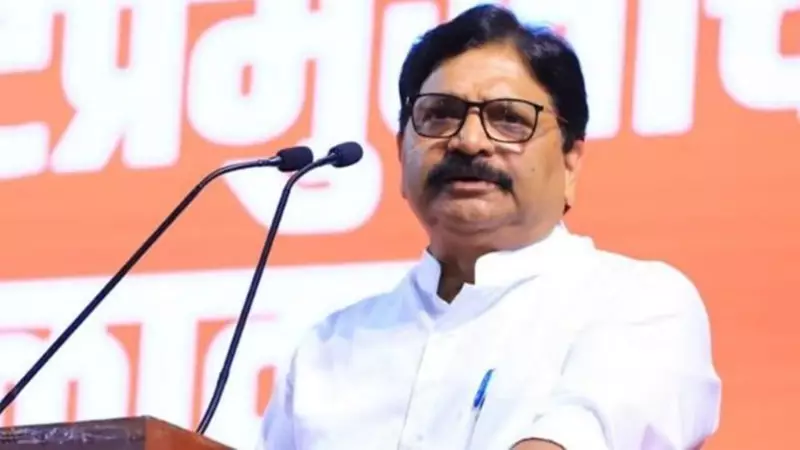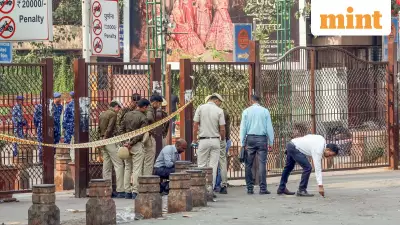
Major Acquittal in Decades-Old Mumbai Rioting Case
A special court in Mumbai has delivered a significant verdict, acquitting 36 prominent members of the undivided Shiv Sena in a high-profile rioting case dating back to 2005. The acquitted individuals include MP Ravindra Waikar, MLA Mahesh Sawant, former Mumbai Mayor Shraddha Jadhav, and senior leaders Kiran Pawaskar and Vishakha Raut.
Court Cites Lack of Evidence in Landmark Decision
Special Judge S R Navander, in the order made available on Wednesday, stated that while the incident was indeed unfortunate and witnessed by many across the city, the prosecution failed to establish the identification of the accused. "It cannot be said with certainty that the accused were members of the unlawful assembly that committed the riot, even though they were members of the Shiv Sena party," the judge noted in the detailed order.
The case stemmed from protests organized against Narayan Rane, who had been expelled from Shiv Sena and was preparing to join the Nationalist Congress Party. The incident occurred on July 24, 2005, during a public function at the NCP office in Prabhadevi where Rane was scheduled to address a gathering.
Violent Protests and Police Action
According to police allegations, a large group of Shiv Sena members assembled at the venue with the intention of disrupting Rane's event. Despite prohibitory orders restricting assemblies of more than five persons at various locations, approximately 100-150 Sena activists gathered and attempted to block vehicular traffic.
The situation escalated rapidly, leading police to order lathi charge to control the crowd. In the ensuing commotion, activists began pelting stones at police personnel, resulting in damage to police vehicles and BEST buses. Several individuals sustained injuries during the violent clashes.
The accused faced multiple serious charges under the Indian Penal Code and Prevention of Damage to Public Property Act, including:
- Unlawful assembly
- Rioting
- Use of criminal force against public servants
- Damage to public property
Witness Testimony Falls Short
While witnesses, including police officers, provided accounts of the violent events, none of them could positively identify any of the accused as participants in the rioting. The court observed that although police forces were deployed to maintain law and order, and despite injuries and property damage occurring, there was no concrete evidence linking the specific individuals to the crimes.
The court emphasized that mere membership in the Shiv Sena party did not automatically establish their involvement in the unlawful activities that took place during the protest. This evidentiary gap ultimately led to the acquittal of all 36 accused, bringing closure to a legal battle that has spanned nearly two decades.
The verdict highlights the critical importance of proper identification and evidence collection in criminal cases, even when the general circumstances of an incident are widely acknowledged.





